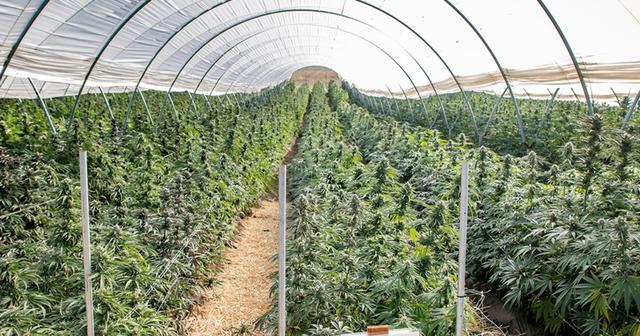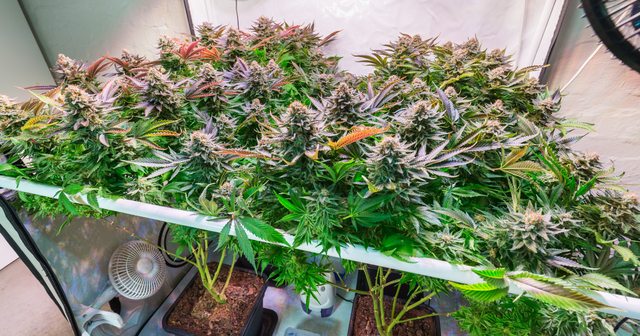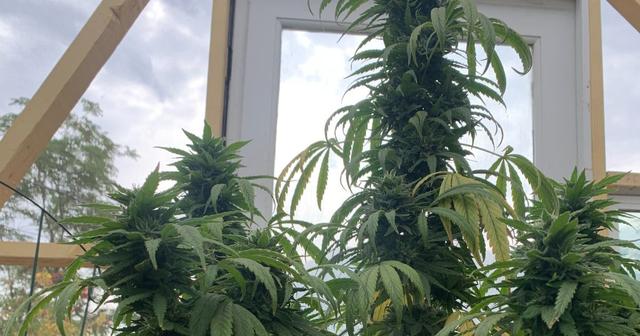The Redefinition of Indica and Sativa Strains
We have always used sativa and indica to describe the characteristics of a potentially uplifting or relaxing strain. The more we learn and study the plant, the more we can potentially understand how these strains speak to us. What if everything you’ve grown to know about indicas and sativas is missing what really composes the difference between the two? Written by Randy Villarba
One of the most exciting things about the cannabis industry in the United States is that we are only just beginning to conceptualize how beneficial our relationship with this plant can potentially be. We have learned so much since the start of the medical cannabis years. Strict lab testing of products has allowed us to identify cannabinoids and terpenes, and preclinical studies are now underway as to how they may affect the human body.
Now that more and more states are legalizing cannabis, we are only at the tip of the iceberg when it comes to understanding the chemical compounds that make up different marijuana strains, as well as their potential benefits and side effects.
We have come to an age where people may find that certain cannabis cultivars might give them an uplifted mood, while some strains might make them feel sleepy. Because of this, sativa, indica and hybrid strains have all become common terms to match the possible desired effects people seek out when consuming their preferred cannabis strains.
If we are looking for a little bit of a euphoric uplift, we have been told we may want to try a sativa. If we are looking for something that might be relaxing and induce couch lock, we have been guided towards an indica. For consumers looking for a cannabinoid and terpene balance of cerebral and body effects, there are of course a wide range of hybrids, both indica and sativa dominant.
This has been the foundation of understanding when seeking out the strains and terpenes that sing to your mind and body. But what if everything you’ve grown to know about indicas and sativas is missing what really composes the difference between the two?
Cultivars That Drive Both Directions
Terpenes are aromatic oils that are responsible for giving cannabis its aromatic characteristics. Terpenes work in conjunction with cannabinoids to create a synergistic dynamic known as the entourage effect. This combination of cannabinoid and terpene profiles are purported to accentuate, balance out, or in some cases, possibly dilute a cultivar’s overall driving effects.
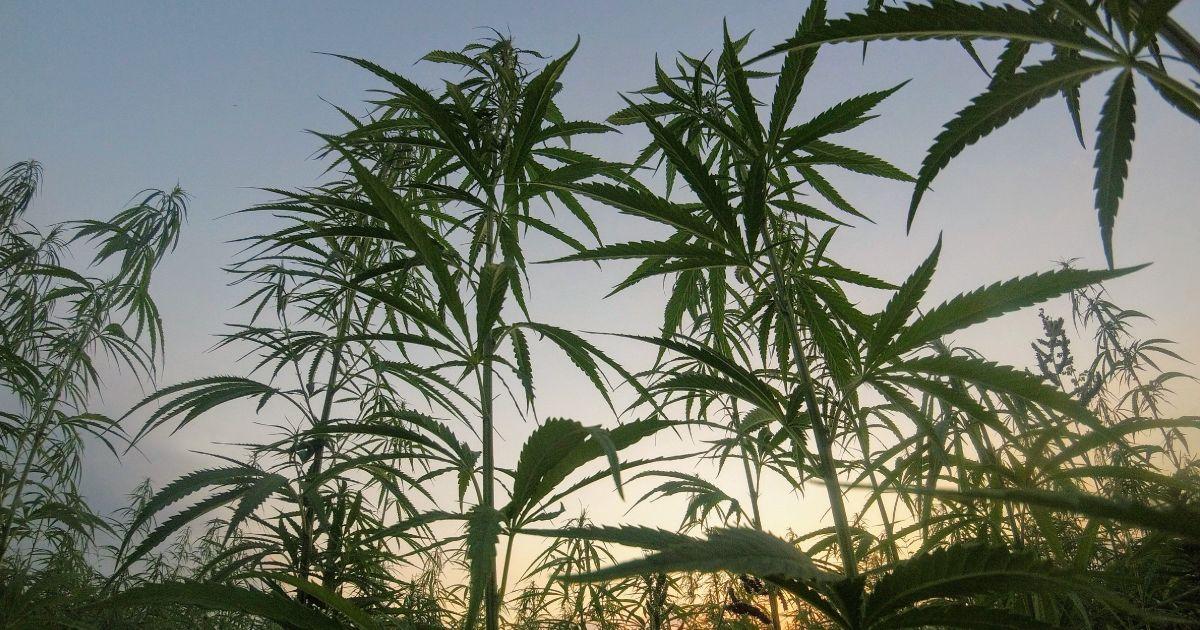
This is why strains like Blue Dream by one cultivator may provide an uplifting sensation and one grown by another cultivator can possibly provide the opposite. The Blue Dream strain typically flexes in a pinene dominant or myrcene dominant phenotype with the occasional terpinolene forward phenotype.
OG Kush is another perfect example of how one of the most popular cultivars might flex as a more cerebral forward strain, versus a more potentially relaxing effect based on the same myrcene and pinene led phenotypes with the occasional linalool forward variety.
Indica vs. Sativa: It’s About How It Grows
More recently, cultivators and others in the cannabis industry are using the terms sativa and indica in order to classify different varieties of plants based on appearance. They don’t say sativa and indica to describe the plant’s effects. For cultivators, knowing the growth patterns and structure of the maturing plant can help them plan out their garden. This also allows them to group different strains with similar life spans that thrive in the same environment.
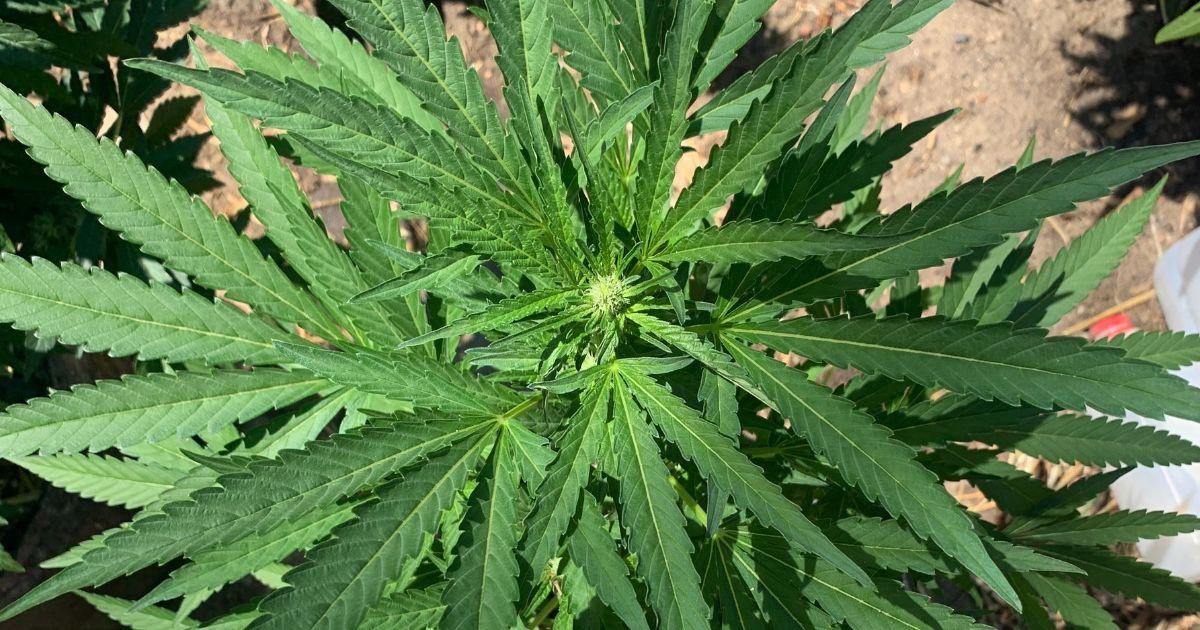
The more we research and study the cannabis plant, it is becoming more obvious that the cannabinoid and terpene profiles of the strains may be correlated to how cannabis triggers the entourage effect. The combination of these profiles can vary depending on cultivation conditions, nutrients or even the strength of the phenotype within the cultivar.
We are rapidly discovering that it is more factual to say sativa and indica universally describes the plant’s growth cycle and structure, more so than it is an accurate account of its effects. Only by knowing the lab results or Certificate of Analysis (COA’s), can we learn more about how each cultivar and phenotype potentially affects the body.
The use of sativa and indica in the cannabis industry is still widely used in guiding patients and customers towards their preferred cultivars. However, our March and Ash concierges are well educated on this topic and can help you navigate the minute differences between the different strains and phenotypes.
Indica Growing Characteristics
Indica plants are native to Asia between the 25th and 35th latitudes, where weather is varied. These regions can go through the extremes of droughts and dry seasons, followed by rainy or sunny weather the following season. This has strengthened its genetics to thrive in any type of environment.
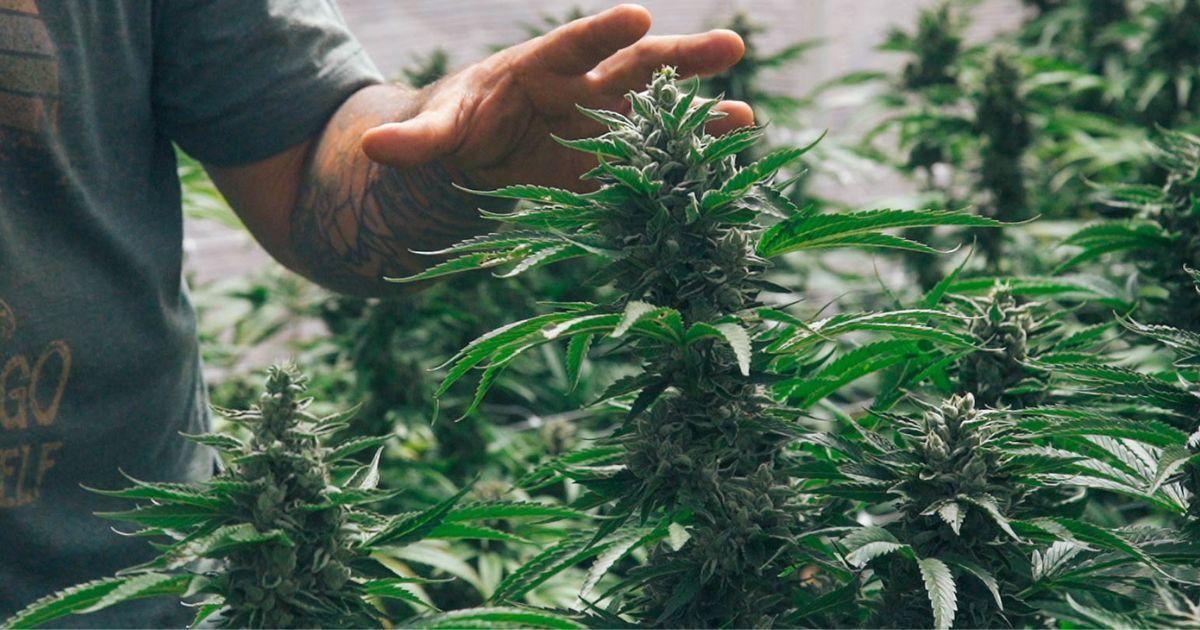
Indica and kush varieties grow to an average of two to six feet. Depending on the cultivar, maturing can take anywhere between 6-9 weeks of flowering. Indicas tend to mature early, which makes them an excellent choice for growing when space and time is limited.
The shorter growth cycle allows outdoor cultivations to produce multiple harvests within the growing season, depending on the region. This also explains why there is often an abundance of outdoor indica varieties on dispensary shelves.
Indica plants develop hearty, short and wide branches in structure. pon maturity, the plant can often be wider than its overall height. Indica cultivars are known to produce heavy, tight, thick and wide buds.
Sativa Growing Characteristics
Sativas can be found throughout the world, but mostly in equatorial and sub equatorial zones. In Latin America, the most famous sativas have come out of Columbia, Panama and Mexico. In Africa, most of the genetics have come from the Congo and Nigeria. In Asia, most Sativa strains can be native to India and within and around Thailand.
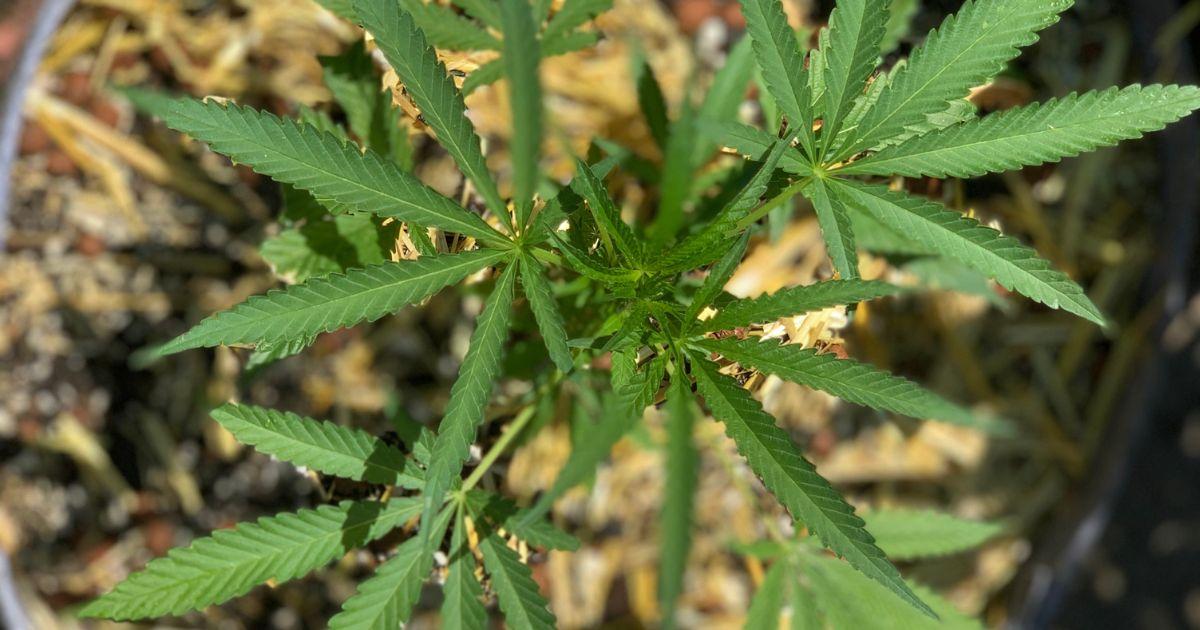
Sativa varieties grow to anywhere between five to 25 feet tall. Sativa cultivars tend to take a longer time to mature, as they are native to areas with a long growing season. In areas with a shorter growing season, sativa buds may not mature to their fullest potential before the frost hits. The maturing process can be anywhere from eight weeks to fifteen weeks to complete flowering.
Their plant structure is predominantly conical and Christmas tree like. Sativas produce long and narrow leaves that are blade-like. Wide spacing is needed when growing Sativas as they are known for their vigorous growth. They tend to grow very tall outdoors, and have a tendency to be hard to control in an indoor environment.
Since the sativa plant takes a little longer to mature, their frequency on the shelves can be staggered harvest to harvest. The scale and size of the cultivation can also factor how often we get to see some of our favorite outdoor grown genetics.
The beginning of October marks the start of the outdoor cannabis harvest season. This is typically where we start seeing new sativa cultivars from forward thinking grow operations, as it may take most of the summer for the flower to mature on some of the strains. Let’s take a look at some of the freshest sativa cannabis products from your favorite outdoor cultivation and production companies.
“Isn’t everything a hybrid?”
On both sides of the dispensary counter we can acknowledge that at this stage, “isn’t everything a hybrid?” Pure, single strain genetics are few and far between. Here in the US, most cannabis genetics have been bred with each other in order to fuse the best traits of each cultivar’s effects and growing cycle.
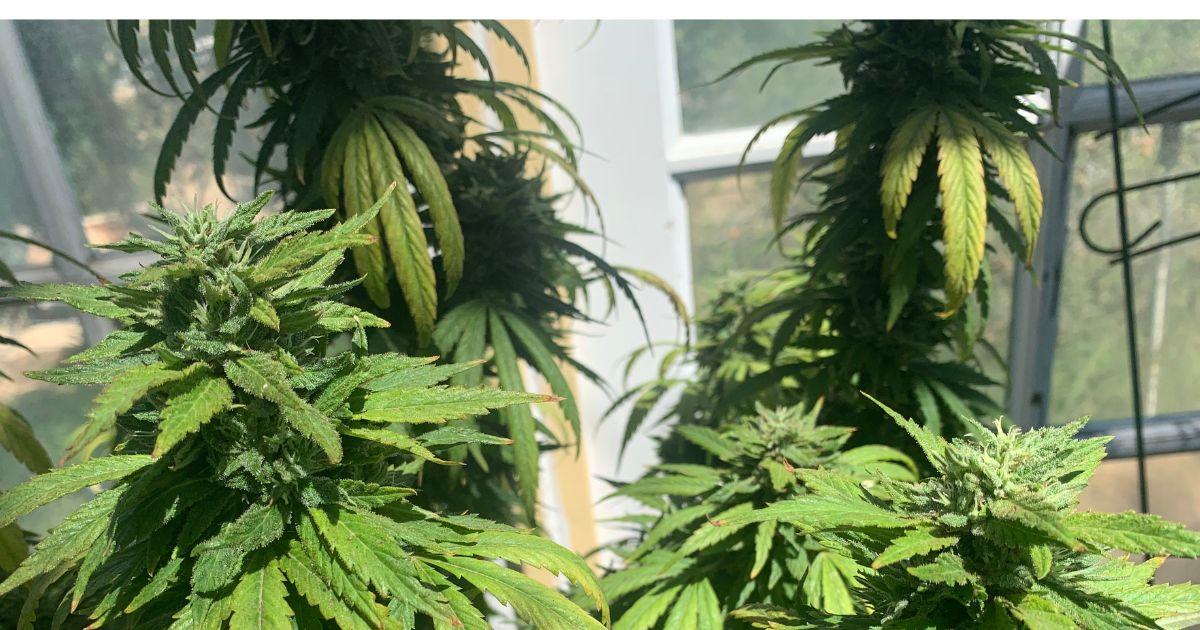
Cultivators and distributors are shifting to use the terms sativa and indica to classify different varieties of plants based on their appearance and growing traits. For growers, it’s fairly easy to distinguish the two, and important to separate them in grow rooms because each category of plants has different flowering cycles and needs.
Just because something is a sativa doesn’t mean that its effects are potentially driven by an energetic uplift. To the contrary, a sativa dominant flower could flex a cannabinoid and terpene profile that drives its effects in a completely different direction.
The phenotype of cultivar, cultivation and curing methods are only a few of the myriad of factors that may sway a flower’s effects in one direction or the other. Paying attention to the terpene profile, as well as asking your concierge information about its cannabinoid split or dominant terpenes can help steer you in the right direction for the cannabis cultivar that speaks to you.
Let’s take a look at a few fresh harvest hybrid options from your favorite cultivators.
DISCLAIMER: THIS SITE DOES NOT PROVIDE MEDICAL ADVICE.
All information, including but not limited to, text, graphics, images and other materials contained on this site are for informational purposes only. No text, graphics, images or other materials on this site are intended to be professional medical advice or a substitute for professional medical advice, diagnosis or treatment. Always seek the advice of your physician or other qualified health care provider with any questions you may have regarding a medical condition or treatment and before undertaking a new health care regimen, and never disregard professional medical advice or delay in seeking professional medical advice because of something you have viewed on this site.